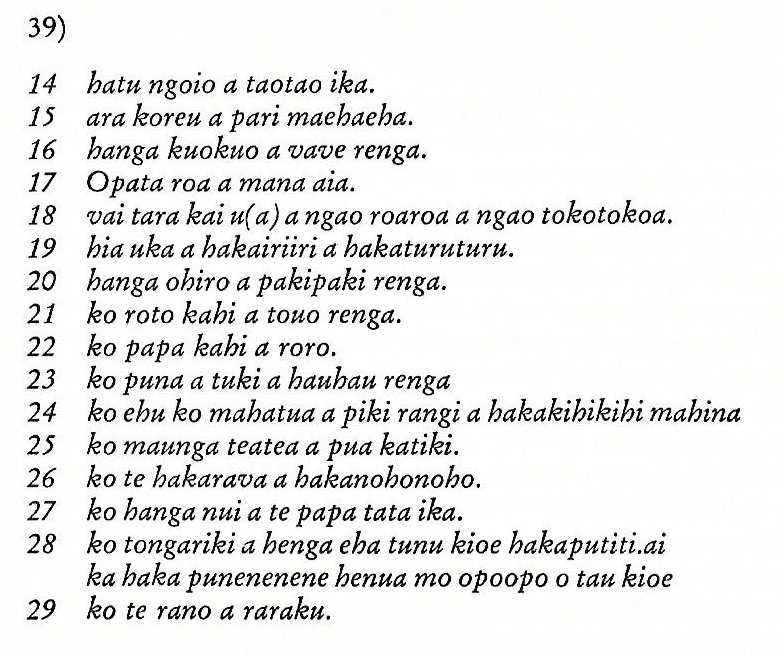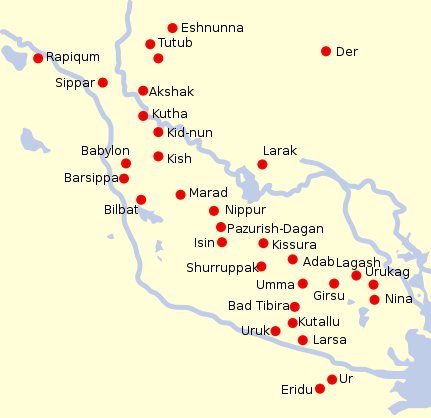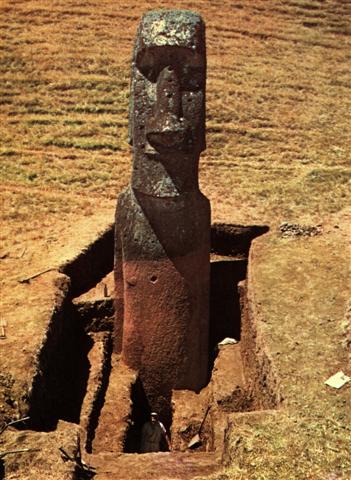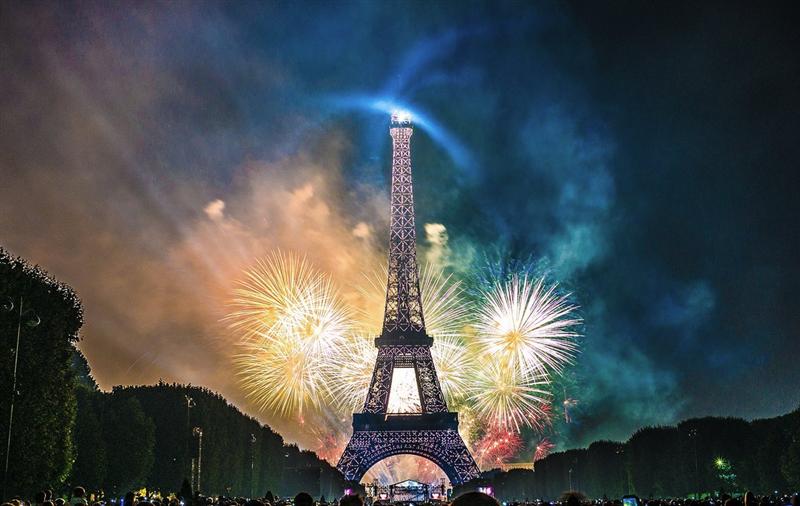It will immediately be evident for us that number 29 (= 13 + 16) - signifying Hiro (Mercury) and his dark creative night of the Moon (Ohiro) -
... This [η Carinae] is one of the most noted objects in the heavens, perhaps even so in almost prehistoric times, for Babylonian inscriptions seem to refer to a star noticeable from occasional faintness in its light, that Jensen thinks was η. And he claims it as one of the temple stars associated with Ea, or Ia, of Eridhu¹, the Lord of Waters, otherwise known as Oannes², the mysterious human fish and greatest god of the kingdom. ¹ Eridhu, or Eri-duga, the Holy City, Nunki, or Nunpe, one of the oldest cities in the world, even in ancient Babylonia, was that kingdom's flourishing port on the Persian Gulf, but, by the encroachment of the delta, its site is now one hundred miles inland. In its vicinity the Babylonians located their sacred Tree of Life. ² Berōssōs described Oannes as the teacher of early man in all knowledge; and in mythology he was even the creator of man and the father of Tammuz and Ishtar, themselves associated with other stars and sky figures. Jensen thinks Oannes connected with the stars of Capricorn; Lockyer finds his counterpart in the god Chnemu of Southern Egypt; and some have regarded him as the prototype of Noah ...
has been here explicitly pointed out in the text. ... From Cb8-1 to Cb9-1 there were 29 days → the dark night of the Moon → Mercury (Hiro):
Hiro. 1. A deity invoked when praying for rain (meaning uncertain). 2. To twine tree fibres (hauhau, mahute) into strings or ropes. Ohirohiro, waterspout (more exactly pú ohirohiro), a column of water which rises spinning on itself. Vanaga. To spin, to twist. P Mgv.: hiro, iro, to make a cord or line in the native manner by twisting on the thigh. Mq.: fió, hió, to spin, to twist, to twine. Ta.: hiro, to twist. This differs essentially from the in-and-out movement involved in hiri 2, for here the movement is that of rolling on the axis of length, the result is that of spinning. Starting with the coir fiber, the first operation is to roll (hiro) by the palm of the hand upon the thigh, which lies coveniently exposed in the crosslegged sedentary posture, two or three threads into a cord; next to plait (hiri) three or other odd number of such cords into sennit. Hirohiro, to mix, to blend, to dissolve, to infuse, to inject, to season, to streak with several colors; hirohiro ei paatai, to salt. Hirohiroa, to mingle; hirohiroa ei vai, diluted with water. Churchill. Ta.: Hiro, to exaggerate. Ha.: hilohilo, to lengthen a speech by mentioning little circumstances, to make nice oratorial language. Churchill. Whiro 'Steals-off-and-hides'; also [in addition to the name of Mercury] the universal name for the 'dark of the Moon' or the first day of the lunar month; also the deity of sneak thieves and rascals. Makemson. Rano Raraku is the place in the northeast where the great stone statues (moai) 'were born', i.e. were brought into view from the bedrock. The road from Hanga Piko went there:
... Métraux quotes a Rapa Nui legend in which carvers from Hotu Iti (eastern sector) journeyed to the western sector to seek the advice of a master carver. They were perplexed about how to resolve the difficult problem of carving the statue neck. He advised them to seek the answer by viewing their own bodies. They did so, and discovered that the model for the statue neck was the penis (ure) ... Hanga Takaure was not far away:
|
||||||||||||||||||||||||||||||||||||||||||||||||||||||||||||||||||||||||||||||||||||||||||||||||||||||||||||||||||||||






.jpg)

.jpg)






